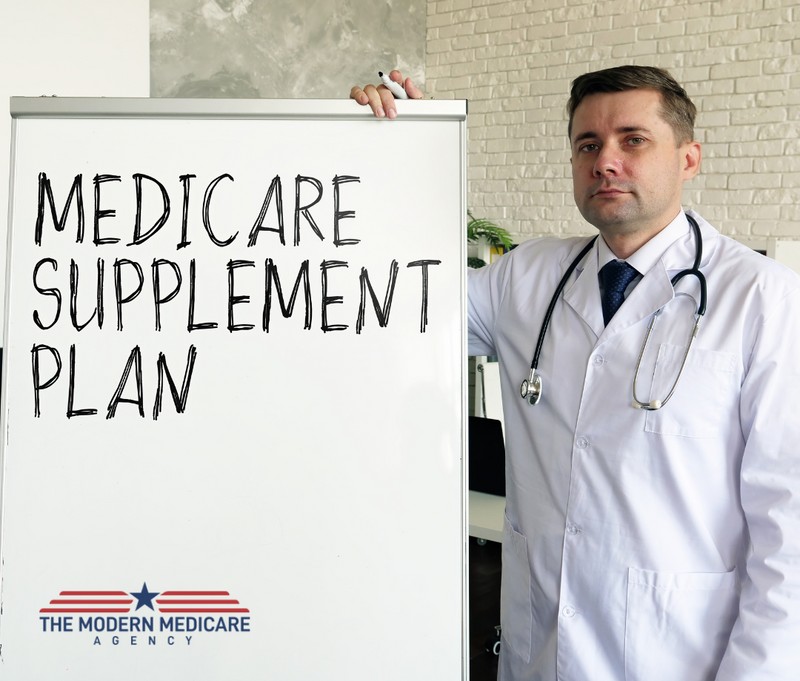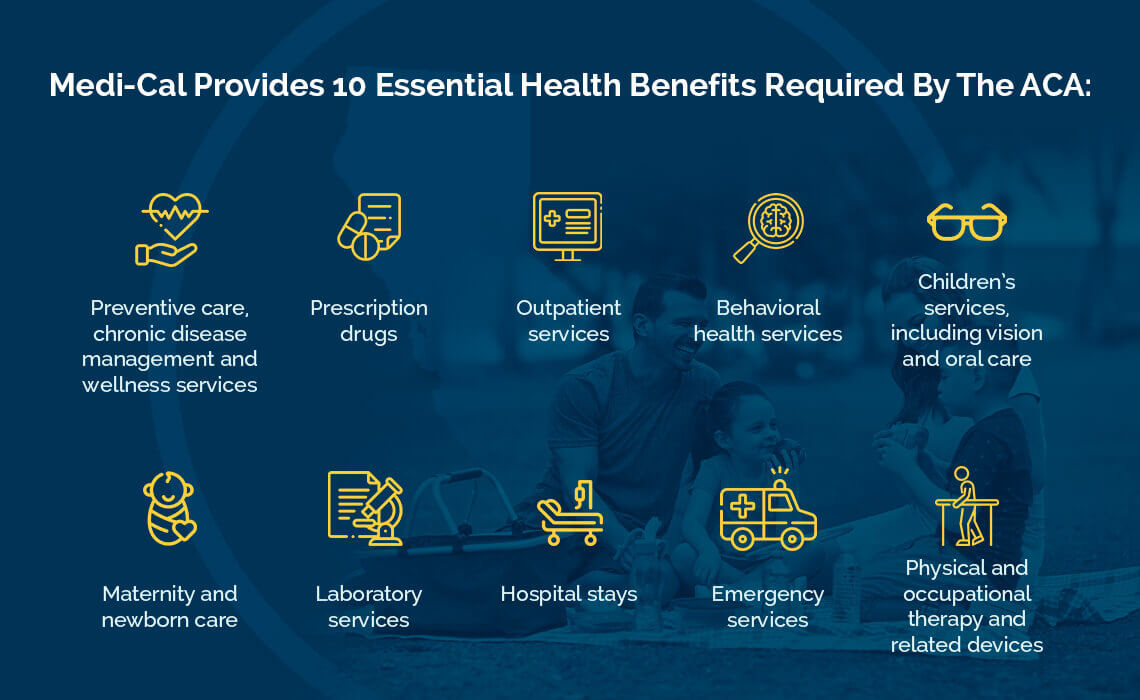Excitement About Medicare Advantage Agent
Excitement About Medicare Advantage Agent
Blog Article
What Does Medicare Advantage Agent Do?
Table of ContentsThe Buzz on Medicare Advantage AgentThe Facts About Medicare Advantage Agent RevealedNot known Facts About Medicare Advantage Agent


follows from adheres to the puzzling young age profile of the uninsured with the better healthMuch better wellness average, standard younger persons. For those without accessibility to office health and wellness insurance coverage, poor wellness is a prospective barrier to purchasing nongroup protection since such protection might be very priced, exclude preexisting problems, or be just unavailable. Unless or else noted, nationwide quotes of people without wellness insurance policy and proportions of the populace with different kinds of coverage are based on the CPS, the most widely utilized resource of quotes of insurance coverage and uninsurance prices.

Some Of Medicare Advantage Agent
The connection in between wellness insurance and accessibility to care is well developed, as documented later in this chapter. The partnership in between health insurance coverage and wellness outcomes is neither straight nor easy, an extensive professional and health services research study literary works web links wellness insurance coverage
to improved access accessibility care, better far betterTop quality and improved boosted and population health statusCondition The second record, on individual wellness end results for without insurance grownups, is represented by the innermost circle of the figure, while the 3rd record, on family members health, encompasses the subjects of the 2nd record yet emphasizes a different unit of analysis, namely, the family.
Moreover, it concentrates particularly on those without any kind of medical insurance for any type of length of time. The troubles faced by the underinsured are in some areas comparable to those dealt with by the uninsured, although they are generally less severe. Uninsurance and underinsurance, nevertheless, entail clearly various policy problems, and the techniques for addressing them might vary. Throughout this research study and the five records to adhere to, the major focus is on individuals without any health insurance policy and therefore no assistance in spending for wellness care past what is readily available with charity and safeguard organizations. Wellness insurance policy is a powerful aspect affecting receipt of treatment since both individuals and doctors reply to the out-of-pocket cost of services. Health and wellness insurance, nonetheless, is neither required neither sufficient to get access to medical services. The independent and direct impact of wellness
insurance insurance policy on access accessibility health wellness is well establishedDeveloped Others will certainly acquire the health care they need even without medical insurance, by paying for it out of pocket or seeking it from companies that offer care free or at extremely subsidized prices. For still others, health insurance coverage alone does not make certain invoice of treatment as a result of other nonfinancial obstacles, such as a lack of healthcare companies in their neighborhood, restricted accessibility to transportation, illiteracy, or linguistic and cultural differences. Formal research study concerning uninsured populations in the United States dates to the late 1920s and very early 1930s when the Board on the Cost of Medical Care generated a collection of records about financing doctor office sees and hospitalizations. This issue became salient as the numbers of medically indigent climbed up throughout the Great Anxiety. Empirical research studies consistently support the web link in between accessibility to care and enhanced health and wellness outcomes(Bindman et al., 1995; Starfield, 1995 ). Having a regular source of treatment can be considered a forecaster of accessibility, as opposed to a direct measure of it, when wellness end results are themselves utilized as access indicators. This extension of the concept of access dimension was made by the IOM Committee on Keeping Track Of Access to Personal Health Treatment Solutions(Millman, 1993, p. Whether or not moms and dads are guaranteed appears to affect whether their youngsters obtain treatment in addition to how much careeven if the youngsters themselves have coverage(Hanson, 1998). The wellness of parents can impact their ability to take care of their kids and the degree of family members stress go to my site and anxiety. visit the site Worrying regarding their children's accessibility to care is itself a source of stress and anxiety for moms and dads. Three chapters comply with in this report. Chapter 2 gives an introduction of exactly how employment-based medical insurance, public programs and private insurance coverage plans operate and engage to offer extensive yet incomplete coverage of the U.S. population. This consists of an evaluation of historical trends and public plans influencing both public and exclusive insurance coverage, a conversation of the interactions amongst the different kinds of insurance coverage, and an evaluation of why individuals relocate from one program to another or wind up

Report this page